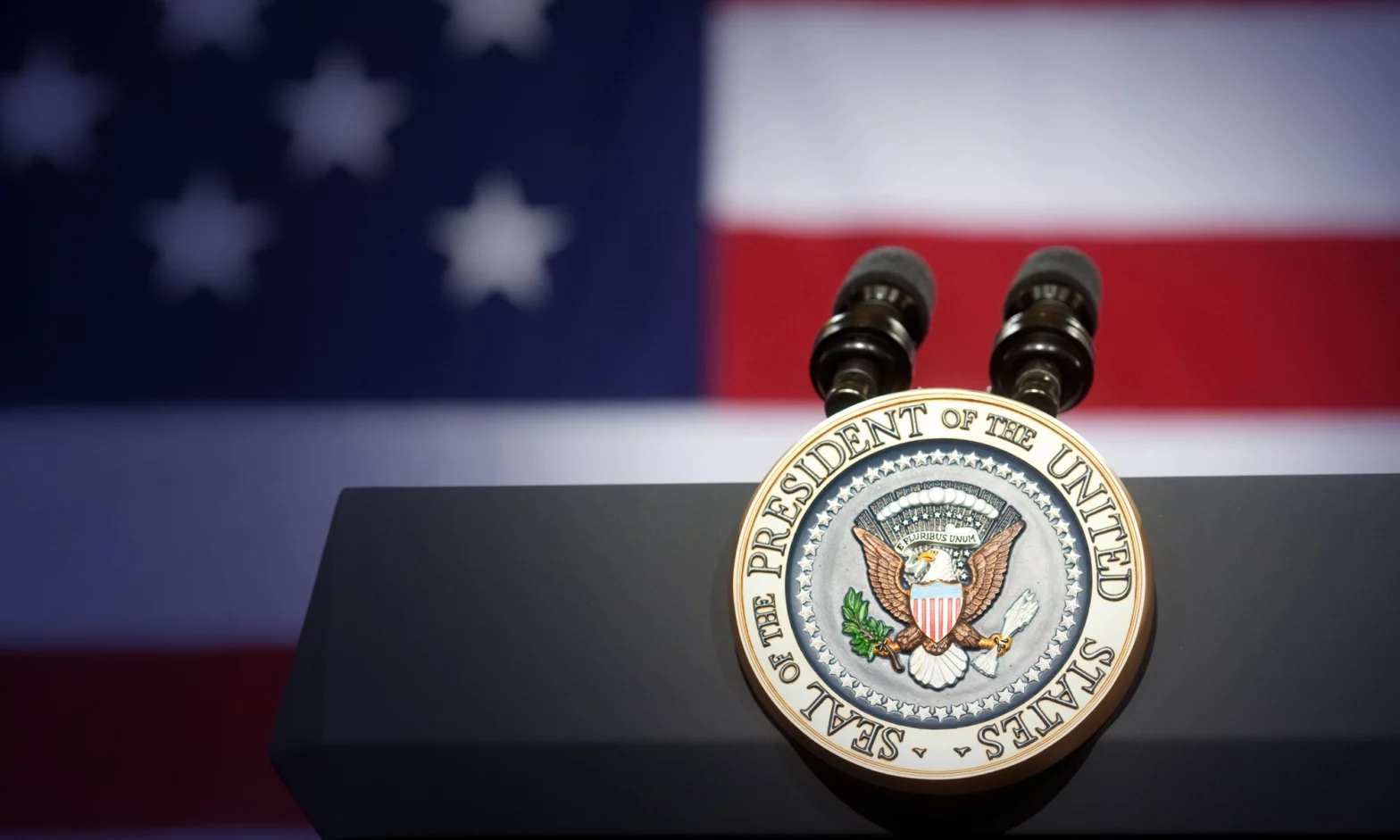The presidency of the United States has changed dramatically over the last two centuries. The office has evolved from a powerful but minor administrative post to the most powerful and prominent in the world. During this same period, it has gone through numerous transitions in its internal organization as well as in policy, style, and party dominance.
In the early years of the Republic, the president had little power and no formal authority beyond that of his cabinet secretaries. He was often little more than a figurehead for Congress, with few statutory restrictions on his actions. Later presidents were increasingly able to exercise independent judgment on policy issues and to shape public opinion with or against their initiatives.
The increased power of the office during this time was due in large part to changes in how it was organized internally rather than because of any fundamental shift in its responsibilities. This article explores these changes through a history of presidential powers during each century since George Washington first took office at age 39 in 1789 until now.
1) 1900s
The first decade of the 1900s was a relatively quiet period for the White House. A series of deaths in the family and an extended illness of a president’s wife (Elizibeth McKinley) temporarily reduced the power of the White House.
President Theodore Roosevelt ushered in a new era of presidential power by using the bully pulpit of the office to implement a strong conservation policy and to promote a vigorous foreign policy. As government grew during the 1900s and the federal budget increased, so did the powers of the executive branch. This was especially true of the president’s ability to appoint federal judges.
2) 1910s
The 1910s were a time of great change in the presidency. The Progressive Era brought new political challenges to the president as he sought to maintain control over an increasingly powerful Congress. The emergence of a new media like radio and the growing influence of organized labor threatened to transform the nature of American politics.
The most important change in the presidency during the 1910s was the development of a more formal administrative system for the executive branch. This culminated in the creation of the Federal Reserve System in 1913 and the establishment of the first permanent cabinet departments in 1915. The formalization of the cabinet system took place during the presidency of Woodrow Wilson, who pushed for it as part of his efforts to control Congress.
3) 1920s
The 1920s were a period of great change for the presidency. The 1920s saw the rise of new political parties like the Republican and Democratic Parties as well as of new forms of mass media like radio, motion pictures, and newspapers. The 1920s were also a time of great economic prosperity that left many Americans with pent-up political frustrations.
From the perspective of the presidency, the most important development during the 1920s was the creation of the Federal Bureau of Investigation in the summer of 1908. The FBI assumed many of the powers of the president’s domestic intelligence service and of the Department of Justice and acted as a “spy on the other spies.” The Bureau’s powers were later greatly expanded by the passage of the Federal Bureau of Investigation Act in July 1924.
4) 1930s
The 1930s were a time of much upheaval in the presidency. Franklin Roosevelt took the presidency at the height of the Great Depression and used it to reshape the American political and economic system.
His New Deal programs created a new role for the federal government in the American economy and society. The rise of fascism in Europe also led to increased interest in American military preparedness and created a greater role for the presidency in foreign affairs.
5) 1940s
The 1940s continued the trend of great change in the presidency. World War II brought dramatic changes to the presidential office. The war was the first to be fought entirely by the United States and thus became the central focus of the country.
At the same time, the office of the president became much more centralized in the hands of the commander-in-chief. The war and its aftermath also highlighted the growing importance of television as a source of news and entertainment.
6) 1950s
The 1950s were a relatively peaceful period for the presidency. The decade saw the rise of new media like television but few changes in the office itself. A new Congress that was much more conservative in its political views than the Democratic Congress of the 1930s greatly reduced the president’s powers. The federal government was also much smaller than it had been before World War II.
7) 1960s
This was a time of great change in the presidency. The Kennedy Administration was the first to be dominated by a president who had been assassinated. Lyndon Johnson’s presidency was marked by the escalation of the Vietnam War and the Great Society programs of the Democratic Congress. The 1960s also saw the rise of the women’s movement and of a new youth culture.
8) 1970s
The 1970s were a time of change and transition in the presidency. Richard Nixon was the only president to resign from office before the end of his term and was also the first to be implicated in a major crime. His resignation in 1974 brought a change in presidential leadership from an older generation to one that was much more youthful. The 1970s also saw the start of new forms of mass communication like cable television and the Internet.
9) 1980s
The 1980s were marked by a transition from the Cold War to a new era of great prosperity and peace. Ronald Reagan was a transformative president who used the office to transform the Republican Party and the conservative movement in American politics. The 1980s also saw the rise of a new form of media like the Internet.


